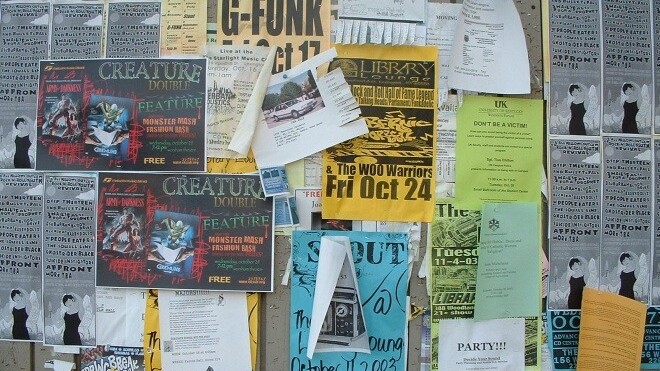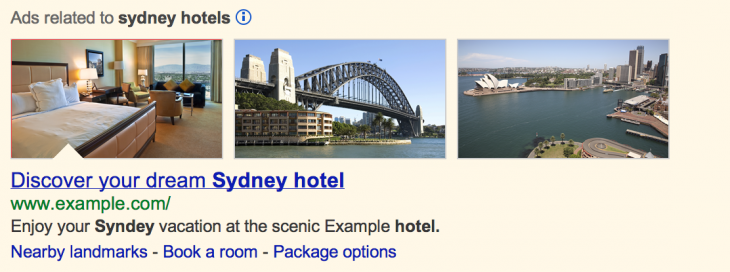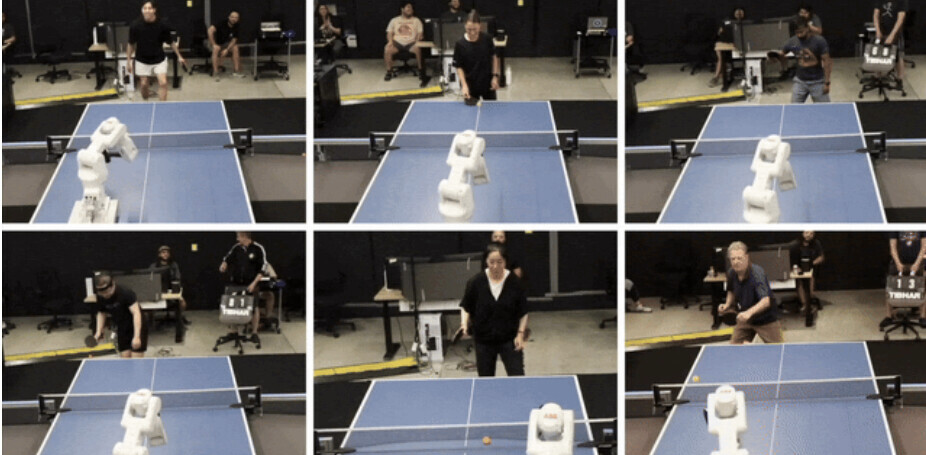
Google today announced image extensions for search ads, which lets advertisers show images alongside the text pushing their products and services. In other words, Google ads are about to get a lot more visual.
Advertisers can choose the images they want displayed beside their search ads, although Google has to review them and approve their use before they can be used. If you want to take advantage of this feature, you’ll naturally need the necessary rights to the images you want to leverage for your ads.
This is how image extensions will look in action:
This feature is currently in beta, and only available to English-speaking users. Google doesn’t say when it plans to release it more broadly.
The company does, however, explain its reasoning for the new test:
Advertisers understand that sometimes it’s easier to ‘show’ rather than ‘tell’ when promoting a business. As search ads continue to evolve, we want to make it easier for you to do both. Image extensions enable you to more accurately convey the body style of a car, the cut of a pair of jeans, or a particular shade of eyeshadow, making your ads richer and more informative so they stand out in a crowded marketplace.
Google also notes more than one in six of its searches provide results with visual content. Image extensions will show up when the company’s algorithm determines that a search is likely for visual content, offering the example that an image extension will be more likely to appear for a query like “luxury car designs” than “locations of nearby car dealerships.”
Google also notes that as the Web continues to evolve, its users expect “richer and more diverse content.” That may be, but we’re not so sure ads are the ticket.
Adding the new visual elements to search ads will be seen by advertisers as an excellent new feature, as photos can very easily stand out amongst a wall of text and links. Users likely won’t be so happy since images will likely detract from their search experience.
Google will thus have to walk a very fine line in making sure the images it approves are both appropriate and not too distracting. The only thing we can think of that is more challenging would be Facebook attempting to add video ads to its News Feed.
Top Image Credit: asabird
Get the TNW newsletter
Get the most important tech news in your inbox each week.





